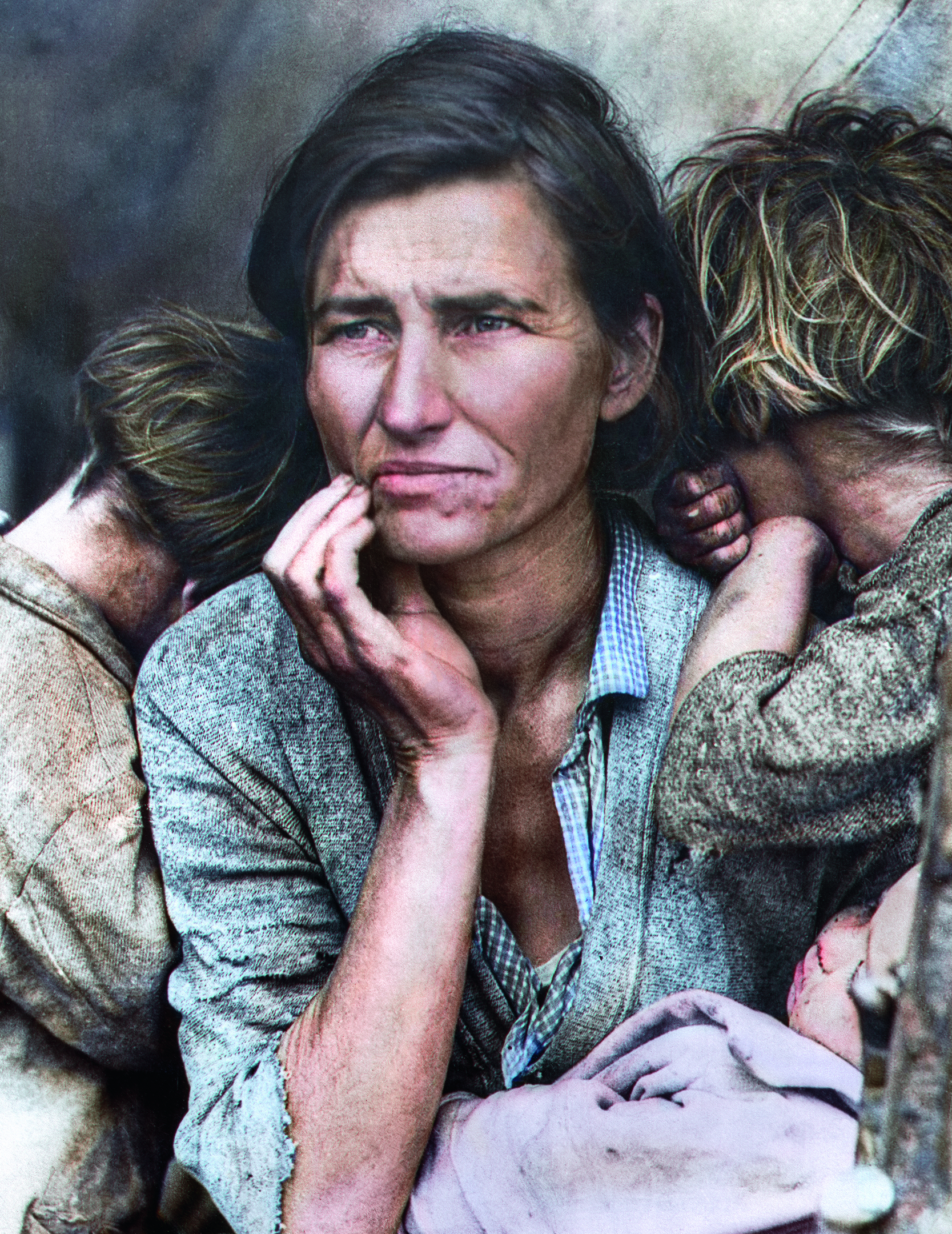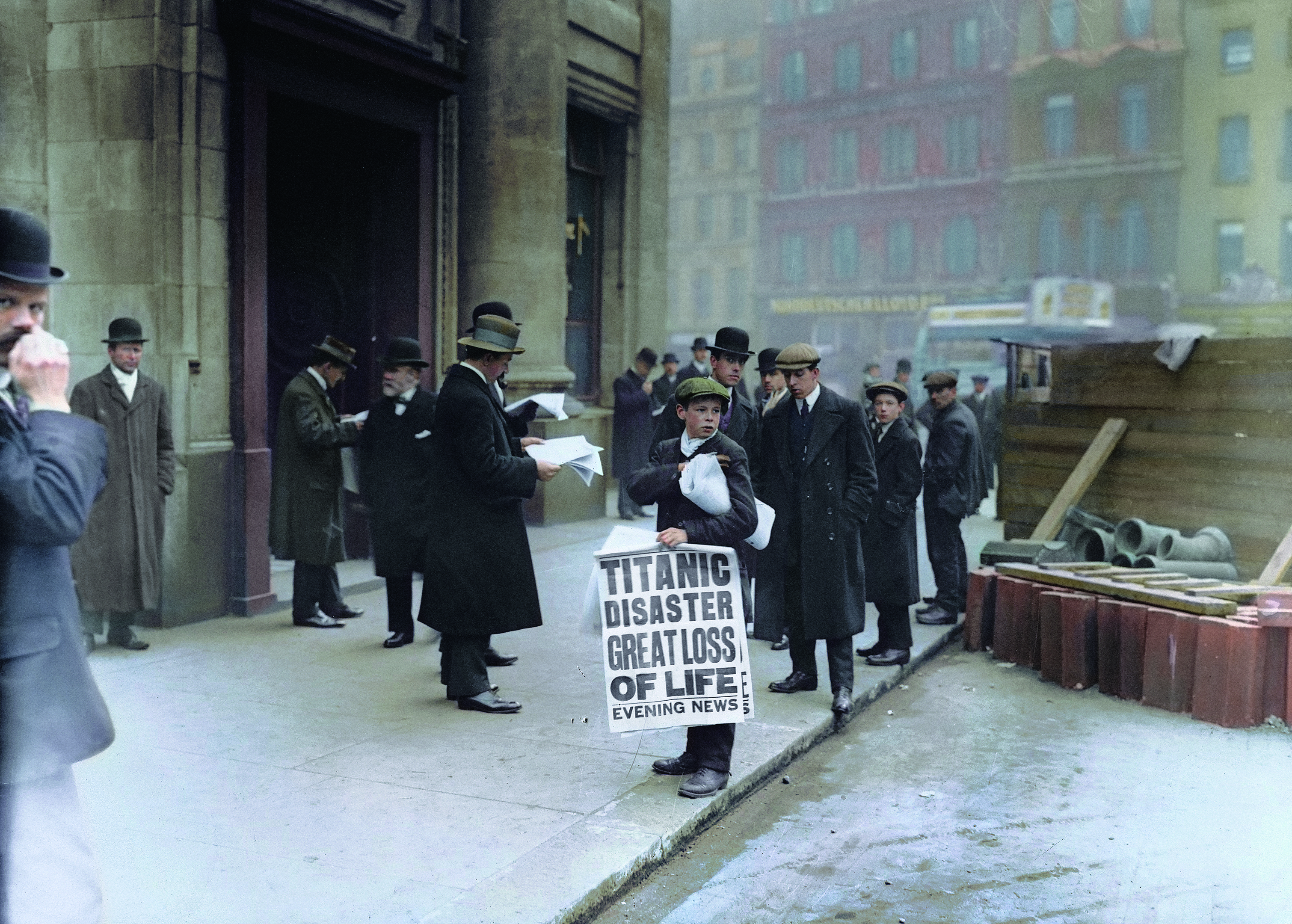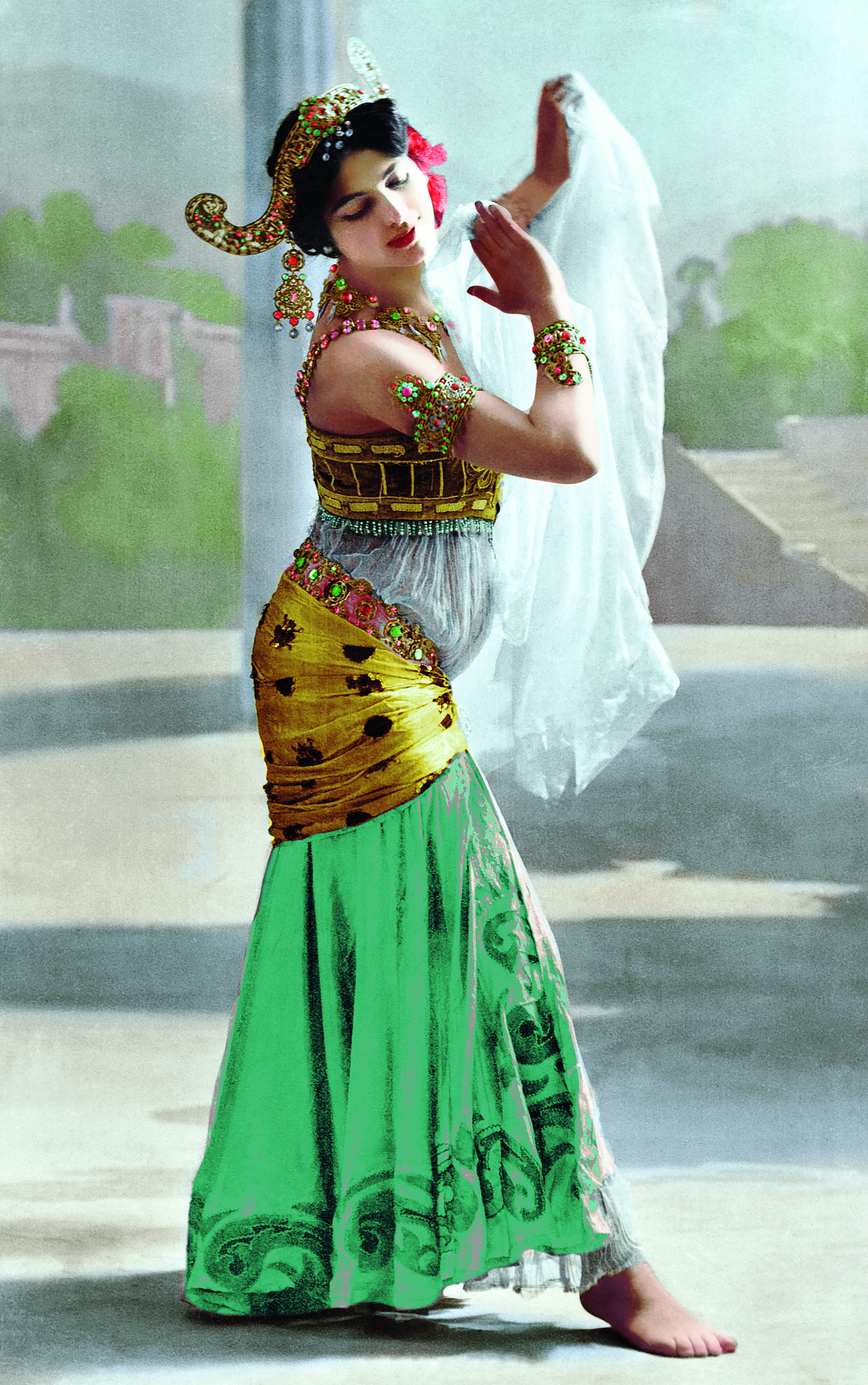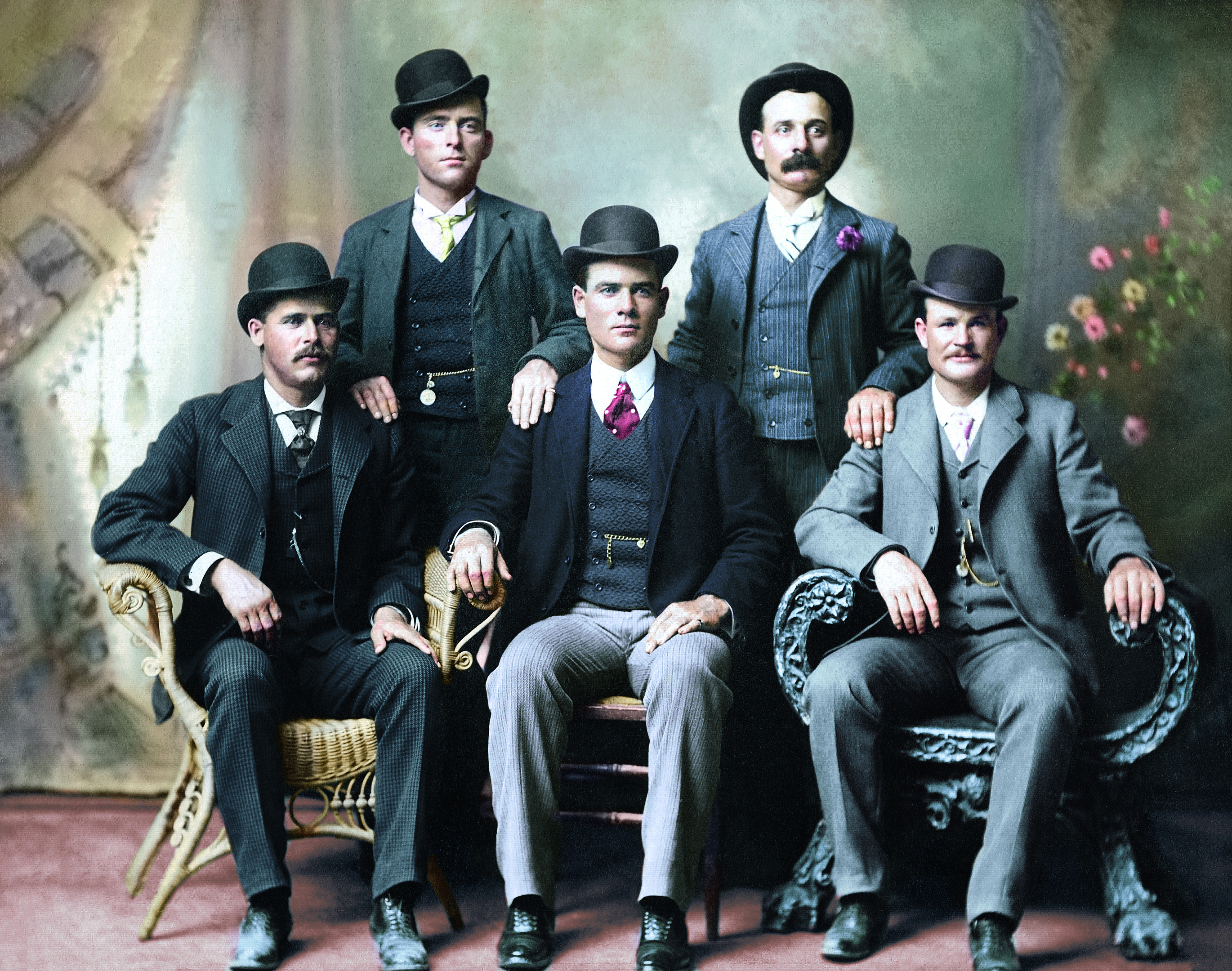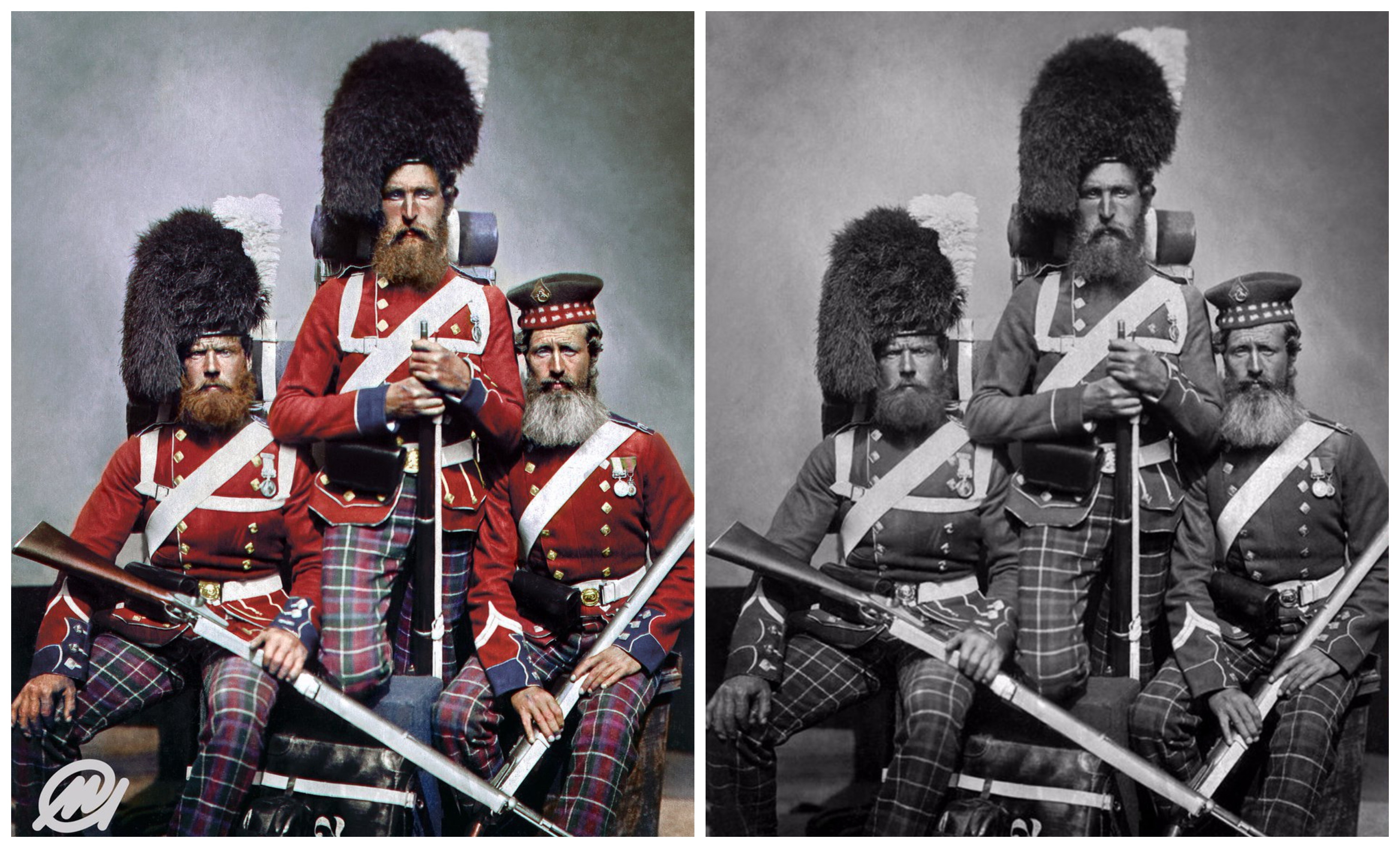
OUR perspective on history is often coloured in shades of grey with black and white photographs offering the only view of the past.
But a new book by a Brazilian artist and historian features pictures brought to life as you’ve never seen them before.
The Colour of Time spans more than 100 years of world history from the reign of Queen Victoria and the US Civil War to the Cuban Missile Crisis and beginning of the Space Age.
The coloured photographs are the work of Marina Amaral, who has teamed up with British historian Dan Jones to present and explain 200 stunning images using photographs dating from the mid-19th Century to 1960.
Marina painstakingly digitally colourised the pictures in her studio in Belo Horizonte, Brazil using Photoshop and a digital tablet.
“Sometimes it is really boring,” says Amaral. “Really, really boring.
“The person who decides to colourise photos needs to be really patient and to have in mind that you’ll have to spend many hours of your day working on tiny boring details.”
Marina carefully researches her subjects to ensure she is using the correct colours.
She spends much of her time studying the colours of historic military uniforms, or looking up reproductions of antique weaponry.
“When I have a photograph of a real-life scene, for example some people walking on the street… I will need to guess the colours of the outfits and the colours of the buildings and the trees.”
She says a single photo can take days to create – with the slowest being the pictures of crowds.
Originally Marina posted her work on Twitter, and it wasn’t until she teamed up with historian Dan Jones that the idea for The Colour of Time, published by Head of Zeus, came together.
“It’s easier because I can wake up, get a cup of coffee and come to my studio and work,” she said. “I only stop when I sleep.
“Otherwise I would spend the night here.”

Enjoy the convenience of having The Sunday Post delivered as a digital ePaper straight to your smartphone, tablet or computer.
Subscribe for only £5.49 a month and enjoy all the benefits of the printed paper as a digital replica.
Subscribe